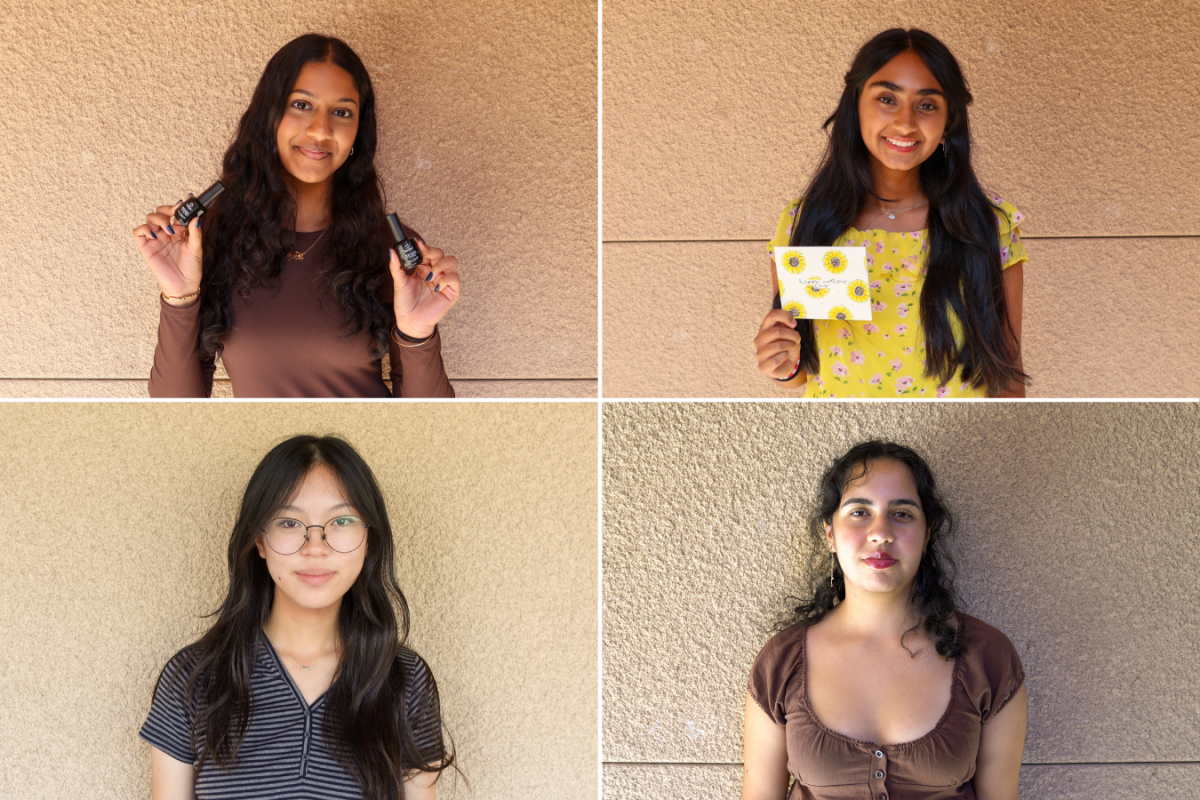Mulan: Mediocre at Best
Overpowered and contrived, the new Mulan does not meet fans’ expectations.
September 20, 2020
More than two decades ago, Disney adapted the 17th century legend of Hua Mulan to an animated movie that appealed to all demographics. It fostered a growing agenda for diversity in the film industry and added to the global reach of Disney entertainment, so the original animated Mulan was a pretty big deal.
The animators’ utilization of visual styles from ancient Chinese art enhanced the characters and paid homage to their cultural roots. The inclusion of Mushu, a comedic-relief Disney animal sidekick, and Li Shang, a mentor figure whose fleshed-out personality deviates from a cliche love interest, not only made the film more entertaining but gave more depth to the characters and their motivations. The addition of musical numbers, such as fan-favorite “Reflections,” sung by Mulan as she wipes off her traditional Chinese makeup while dressed in Hanfu, adds a level of pathos of the story that gives deeper insight into how characters feel about themselves and how they fit into their complicated world.
Disney’s recent live-action remake erased everything mentioned above, claiming to give audiences an updated version of Mulan that caters to the changed film landscape.
The general plot remained similar to the animated version: In order to save her father from near certain death on the battlefield, young Chinese maiden Mulan disguises herself as a man and takes her father’s place in the war against the Huns, a nomadic tribe who attempted to invade Han China in the film. Throughout the movie, Mulan and her fellow soldiers shift their perception of traditional gender roles and learn to accept change.
The new movie’s set is aesthetically beautiful. The engaging pieces and vibrant artistic designs by cinematographer Mandy Walker look worthy for a postcard, on par with Mulan’s world in the animated film. The performances of Mulan (Yifei Liu), Commander Tung (Donnie Yen) and Xian Lang (Gong Li) were all done well with the resources the actors were given, and the costume design was phenomenal.
However, the new “Mulan” exhibits many flaws that ultimately restrict it from being a good movie. Although it incorporates cool training and wire fu sequences, the film brings nothing captivating or new to the table. It never amounts to anything more than what it took away from its predecessor. There’s no sense of urgency or drama between the grossly underdeveloped characters, and even Mulan herself remains one-dimensional outside of her defining characteristics.
The movie introduces two things that the original did not have—the power of chi and a witch character named Xian Lang—but both of these additions detract from the movie’s quality and realism. The animated film resonated with the audience partially because of its portrayal of Mulan as a regular person who has to go through extreme hardships to become the great warrior she’s known as. The new Mulan, however, is already overpowered from the get-go, and the movie’s explanation that she’s able to access the power of her chi through simply embracing her femininity feels rather contrived and doesn’t satisfyingly develop her character. The inclusion of Xian Lang could have been amazing, as she’s supposed to be Mulan’s iconoclastic nemesis who shares a similar goal of destroying the patriarchy, albeit by different means. However, the rushed pacing left her character and motivations underdeveloped and rather forgettable.
Regardless of its quality, Disney believed that the cultural themes of the movie and starpower from its actors would propel “Mulan” to the top of major box offices, especially in China. However, the film bombed heavily in the Chinese market, earning just $23 million in its opening debut. Much of the Chinese audience believed the film over-westernized the story of Mulan while concurrently succumbing to cultural stereotypes. The film was also plagued with controversies that contributed to its mainstream unpopularity.
The movie’s production team faced criticism for filming several scenes in the Xinjiang province, where up to a million Turkic citizens are being held in internment camps. The film even gave thanks to local governments in the province for allowing the crew to film within their jurisdictions. Disney was condemned by a variety of organizations, activists and experts, and the hashtag #BoycottMulan erupted on Twitter with protestors urging the public to stop purchasing the film. “Mulan” had already faced similar backlash last summer after Liu made comments supporting the Hong Kong police amidst the extradition protests.
At the end of the day, “Mulan” failed. It failed in the box office, it failed in the eyes of the public and its mediocrity failed Disney. Although it provides two hours of entertainment, the new “Mulan” won’t create a new generation of fans or satisfy the expectations of fans of the animated classic. The audience and the legendary story of Mulan deserved better.

























































